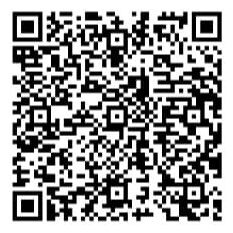THE Buddha’s system of meditation would primarily rest on his discovery of the basic trance and its potentialities before his Enlightenment (Abhisambodhi or Sammasambodhi). The process of his meditative efforts leading him to this discovery exists in relevant materials scattered in the Buddhist Canon, spe-
cially in the Basket (Collection) of Discourses (Sutta-pitaka).This unique insight must have been the climax of his meditative efforts, intellectual activities, a never-ending process of escalation, and transcending capacity of what is known and unknown. This climax would thus appear to be Nibbana in the Buddhist sense, negative to every conception of it, but positive to its recipient.Accordingly, a practical approach to the Unapproachable would be to take an objective view of his discovery and the
process leading to it and set ourselves to work out a systematic exposition of his whole enterprise. This is possible.
Buddhist literature, both ancient and modern, canonical, commentatorial, and non-canonical, has given us enough materials, authentic, semi-authentic, and derived, which might be utilized for this purpose. The authenticity of these materials would consist of the correct reproduction of the original source
reaching back to the Master, Gautama Buddha, twenty-sixth century hence, or the interpretation of the original text in a way compatible with the context of the same and similar texts of the canon under consideration.The semi-authentic materials would include the matter of the works accepted as authentic either in the commentary or by
medieval elders of the Buddhist Order. The materials derived from the authentic and semiauthentic works would include the matter of works based on the Buddhist Canon, doctrine, accepted or controversial subject. These three broad categories of Buddhist literature often help us in evaluating the matter we
use out of this vast body of literature in our research. The practical approach would demand more cautiousness in choosing relevant and supporting matters for the subject under
research than the traditional one. Any mistaken lead may land us in a blind alley.




